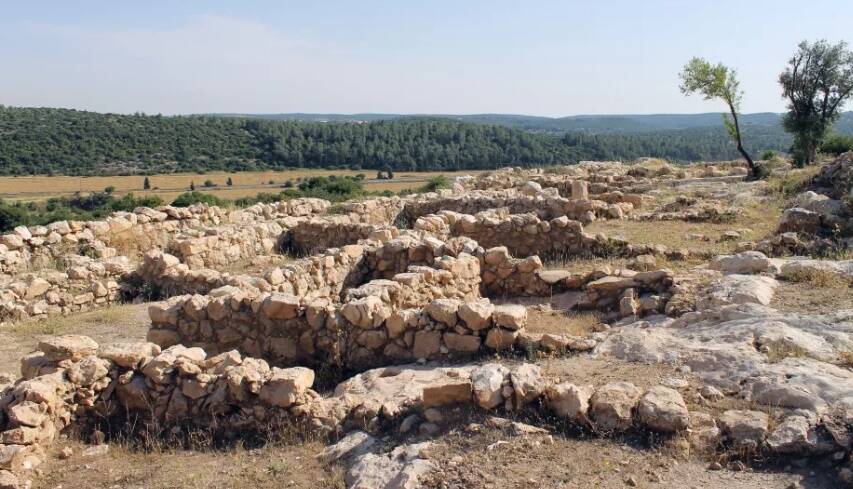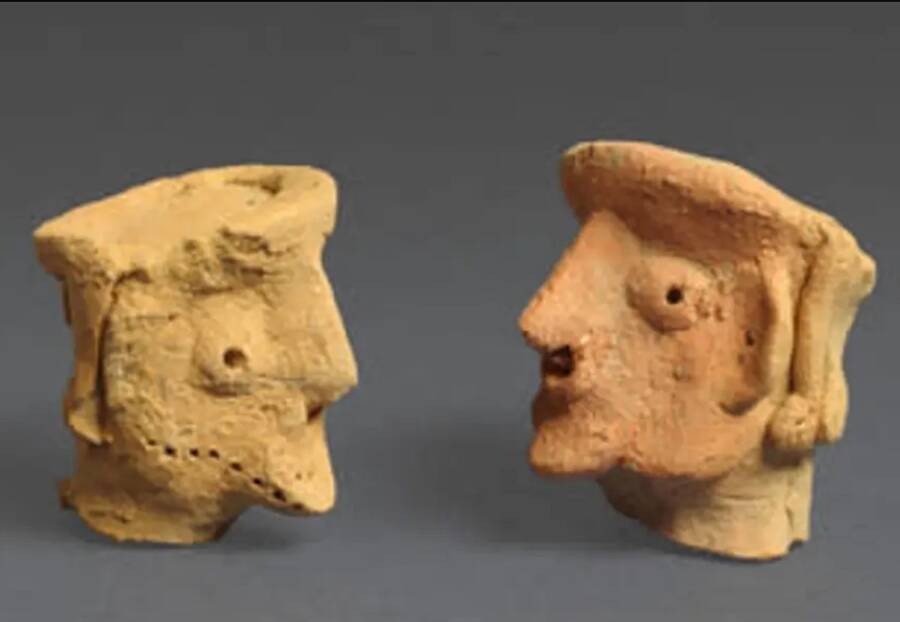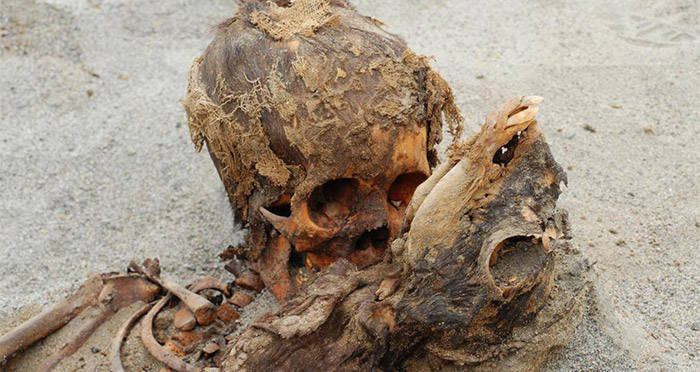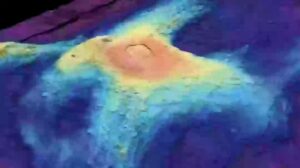“Unearthed Mystery: Archaeologist Claims Discovery of ‘Divine Visage’ in Ancient Artifacts Sparks Controversy!”
Garfinkel said the artifacts in Tel Moza were uncovered inside a temple, while in Kirbhet Qeiyafa they were found in an administrative building on top of the site, adding, “In both cases, we are not speaking about private but public spaces.”
The figurine heads at Tel Moza were unearthed near horse figurines, while one of the artifacts from the museum’s collection depicted the head as riding a horse but with no body in between.
Garfinkel noted that in the Hebrew Bible, God is sometimes described as a rider. He dismissed the idea that the figure could have been a depiction of a certain king instead since the idea of monarchy as divinity did not align with any known traditions in Judah.
As such, Garfinkel claims the discovery suggests Israelis had been producing artifacts depicting God’s persona while under the rule of King David and King Solomon.

ShutterstockThe clay heads were found at the Khirbet Qeiyafa excavation site.
“Now the question is: Who is the god they represent? We are familiar with the Canaanite pantheon and all its different gods, and we have Canaanite figurines depicting them,” he said. “However, these figurines are completely different, so they don’t portray one of them. We know that in Judah there was a new god. If this is not the God of Judah, who could it be? This is my understanding of it.”
He added: “If the people of Israel were not making statues, why would the biblical text be so concerned with the issue?” The practice of idolatry in ancient Israel was said to have been widespread until the First Temple was destroyed in 586 BC.













